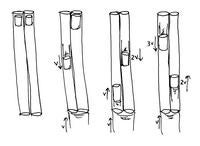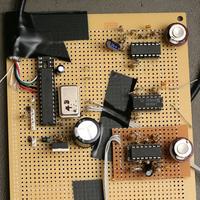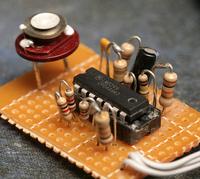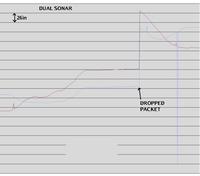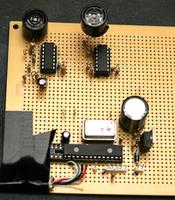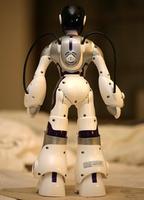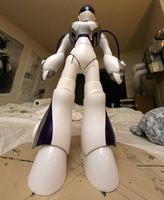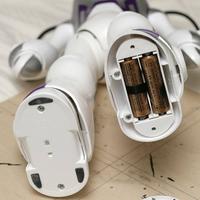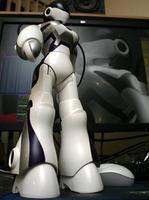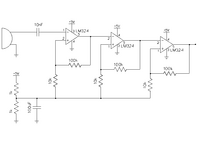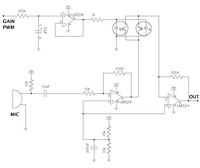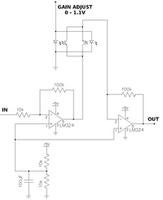Archive for March, 2009
Comments (0)
Add Comment
-
 Views: 225
Views: 225
U must remove the butt before removing the breast plate. -
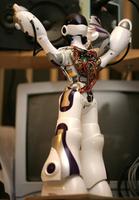 Views: 237
Views: 237
& the main board is revealed. -
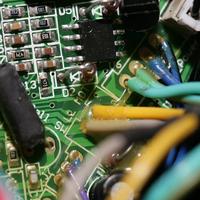 Views: 188
Views: 188
She has 5 servos. Each servo has 5 wires. 2 wires called "MOT" drive the motor. Note the ball switch. Forget about accelerometers for $56. -
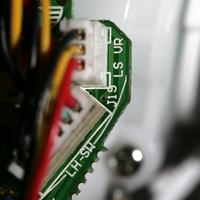 Views: 182
Views: 182
3 wires called "VR" sense a variable resistor. All the proportional feedback is on the CPU. The motors shut down when a position is reached & don't hold the position. -
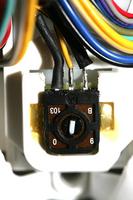 Views: 208
Views: 208
The variable resistor for the body motor & top quality heat shrinking job. -
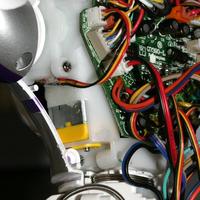 Views: 210
Views: 210
Standard electric toothbrush motors. -
 Views: 206
Views: 206
A chip containing 5 H-bridges for the motors. -
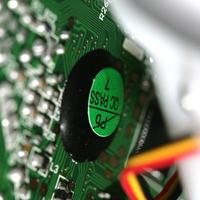 Views: 200
Views: 200
The CPU is top secret, but probably an Ardupilot.
-
 Views: 241
Views: 241
A very very very expensive digital potentiometer, briefly tried for AGC. The Schmartboards suck because the pads R so long they always bridge. Use Electroboards instead. -
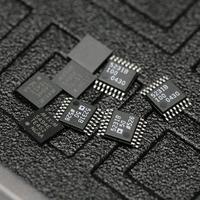 Views: 227
Views: 227
A strategic reserve of digital pots. -
 Views: 216
Views: 216
The USB sonar test bed is ready for test flight #2. -
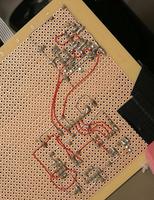 Views: 232
Views: 232
Another P2P soldering masterpiece. -
 Views: 261
Views: 261
Ghetto rotor ready for sonar flight #2. -
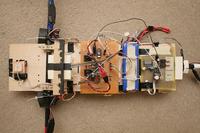 Views: 228
Views: 228
Definitely a research aircraft. -
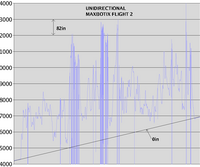 Views: 217
Views: 217
Unidirectional Maxbotix range in flight
